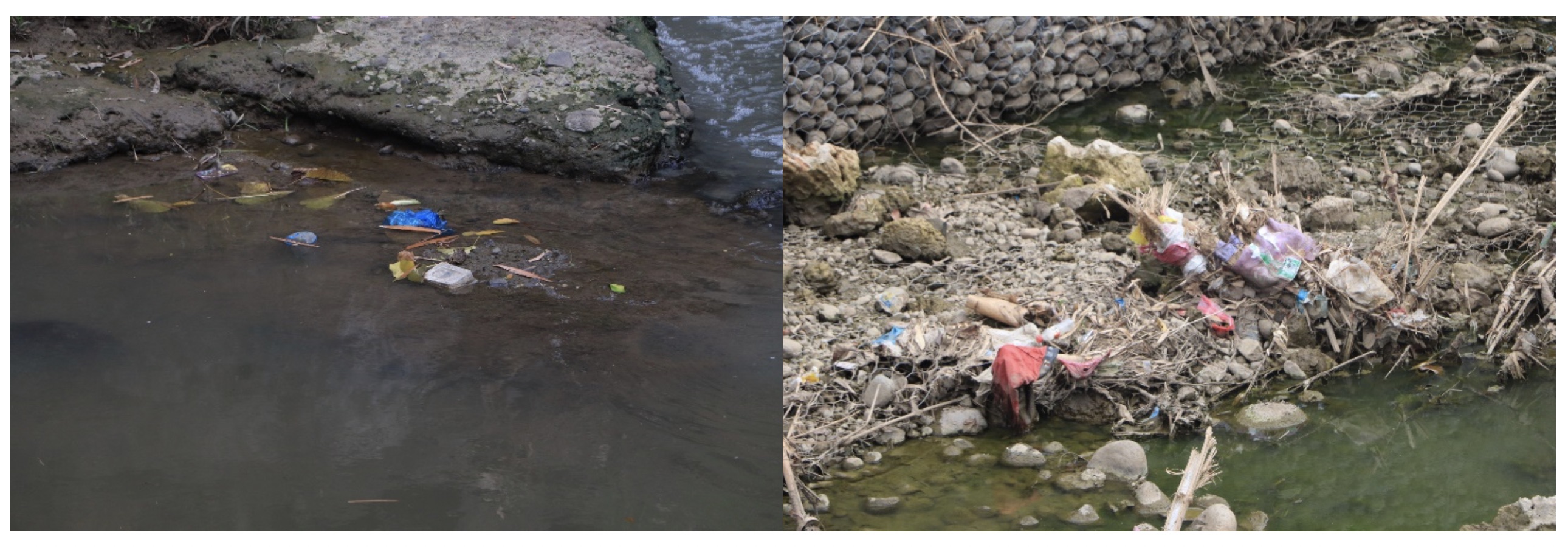VOLUME 13 NUMBER 1 (January to June 2020)

Philipp. Sci. Lett. 2020 13 (1) 1-5
available online: January 31, 2020
*Corresponding author
Email Address: mdasuperio@gmail.com
Date received: July 03, 2019
Date revised: December 23, 2019
Date accepted: January 09, 2020
LETTER TO THE EDITOR
Plastic in Freshwater Ecosytems: A looming crisis in the Philippines
by Michael Dann A. Superio*1 and
Neil Angelo S. Abreo2,3
Neil Angelo S. Abreo2,3
1Department of Biology, College of Medicine,
Davao Medical Schoool Foundation, Inc., Davao City, Philippines;
2Regional Integrated Coastal Resource Management Center (RIC-XI),
Davao Oriental State, College of Science and Technology, Mati City,
Davao Oriental, Philippines,
3Graduate School, Institute of Aquatic and Applied Sciences,
Davao del Norte State College, Panabo City, Philippines
Davao Medical Schoool Foundation, Inc., Davao City, Philippines;
2Regional Integrated Coastal Resource Management Center (RIC-XI),
Davao Oriental State, College of Science and Technology, Mati City,
Davao Oriental, Philippines,
3Graduate School, Institute of Aquatic and Applied Sciences,
Davao del Norte State College, Panabo City, Philippines
The problem on plastic pollution is on a global scale. The ubiquity of plastic debris is transforming the planet’s surface by accumulation through time on land, ocean surfaces, sea beds, and even in abyssal depths (Barnes et al. 2009). Thus, it is considered as one of today’s main environmental problems (Blettler et al. 2018, United Nations Environment Programme Yearbook 2005; UNEP Yearbook 2014; UNEP Yearbook 2016). While they are mostly used and disposed on land, plastic debris usually find their way to bodies of water where they pile up and cause heavy pollution as a result of human littering (Horton et al. 2017). Hence, their presence in aquatic environments, both freshwater and marine (Eriksen et al. 2013; Kooi et al. 2018) have received increased attention over the past years in the scientific community (Ryan 2015; Eerkes-Medrano et al., 2015). This is because of the potential risks they pose to human health (Wright and Kelly 2017), wildlife (Gall and Thompson 2015), and the environment (Thompson 2009).
© 2025 SciEnggJ
Philippine-American Academy of Science and Engineering